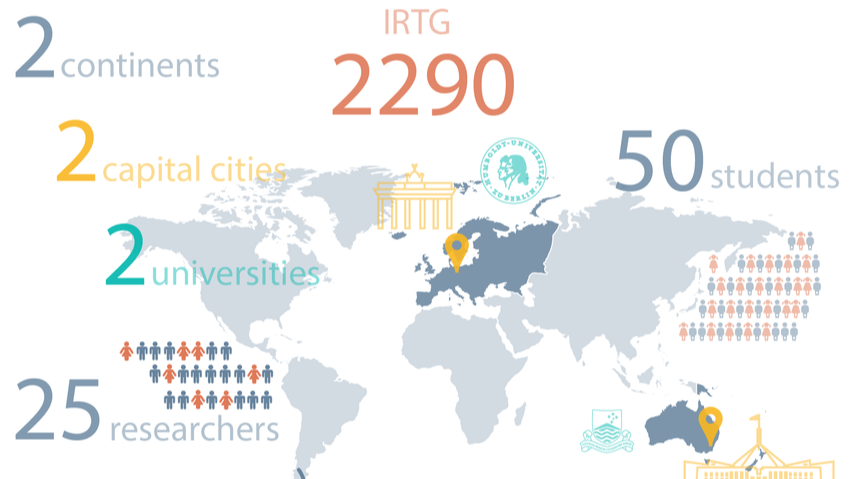Open Source Malaria (OSM) takes a different approach to curing malaria, a disease which kills approximately 430,000 people around the world every year.
OSM contributors hail from Melbourne, Sydney, British Columbia, Geneva, Cambridge, Madrid and beyond and specialise in everything from chemistry to biology and informatics to administration. Technology, like LabArchives, enables the global, rapid, open source and discipline agnostic collaboration that this model requires.
‘Open source’ is a buzzword in the research and education spaces. But what does it actually look like in practice? OSM spells it out on their homepage…
“If you’d like to get involved, go right ahead, or get in touch with a member of the consortium. In open source research all data and ideas are freely shared, anyone may participate as an equal partner and there will be no patents.”
Anyone can become a partner in this research and anyone can access the research itself. Both parts of that open source equation are equally important. OSM’s data are publicly available via their website and their LabArchives notebook which can be viewed here.
By recording their data in LabArchives, OSM researchers can:
- Work together across time zones and hemispheres
- Share files of all formats and sizes
- Add images and videos of their work for further context
- Access and build upon colleagues’ work from months, even years, prior
- Leave comments for one another directly on relevant data
- View immutable metadata for every bit of research (ex: contributor, date, location)
- Relax knowing no data will ever be lost or misplaced
OSM connects individual researchers, labs and institutions with one another for a strong and sustained effort to eradicate malaria. IRTG Malaria School also uses LabArchives to connect their teams at the Australian National University in Canberra and Humboldt-Universität in Berlin.
Global problems, after all, require global solutions and in the context of today’s COVID-19 pandemic, this open source approach just makes sense. It also satisfies some of the key tenants of FAIR – guiding principles for scientific data management and stewardship.
 IRTG Malaria School
IRTG Malaria SchoolFAIR stands for finable, accessible, interoperable and reusable. The methods FAIR prescribes support the effective re-use of existing data. When data can be re-used, research is more efficient, cost effective, comprehensive and transparent.
Findable: Data can’t be reused if it can’t be found. It also needs to include rich metadata so that users can see the relevant who, what, where, when and how. OSM’s data can be located and viewed with this link. Immutable metadata sits behind each and every entry (hover over, click the triple dot menu, click ‘View Revisions’).
 Revision histories provide important metadata for every piece of data OSM collaborators add.
Revision histories provide important metadata for every piece of data OSM collaborators add.Accessible: Once you know where data is, you need to access it. This might require authentication and/or authorisation. To view OSM data, all you need is the link above.
Interoperable: Data often “needs to be integrated with other data” in order to paint a complete picture of the research to which it applies. In OSM’s notebook – metadata, data, protocols, methods etc. all live in the same place and are stored securely and indefinitely.
Reusable: FAIR’s “ultimate goal is to optimise the reuse of data” and this requires well-described data and metadata. The images, videos, notes, files, comments and revision histories within OSM’s LabArchives notebook richly describe how each piece of data came to be part of this global research upon which anyone can build.
















